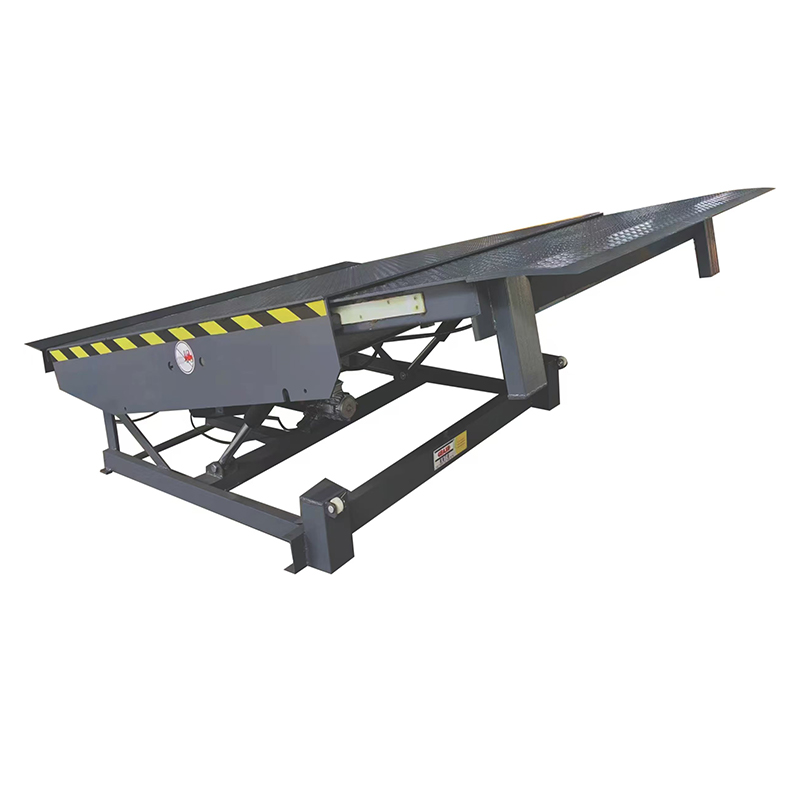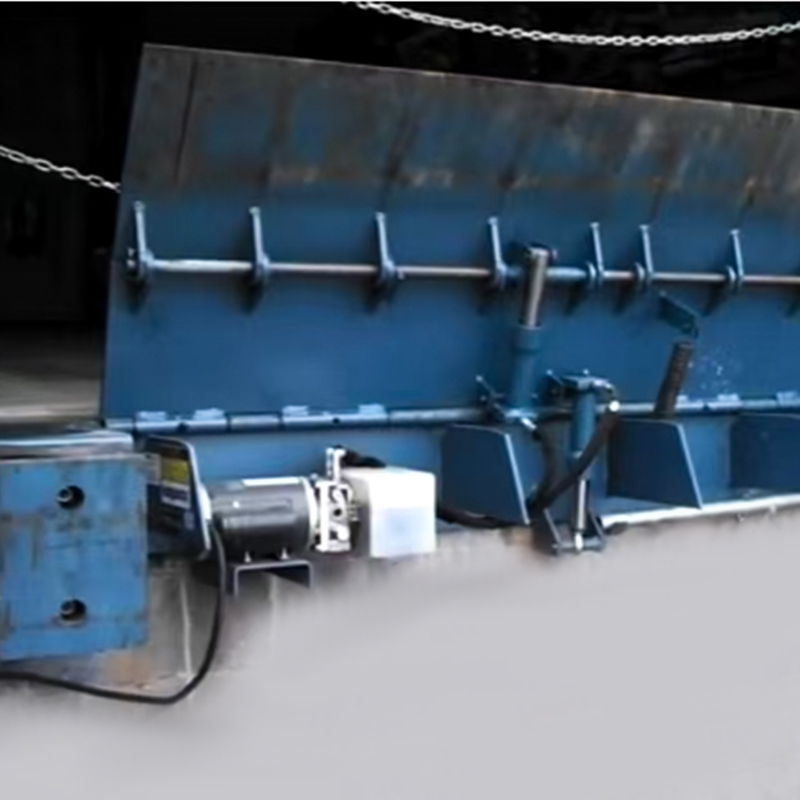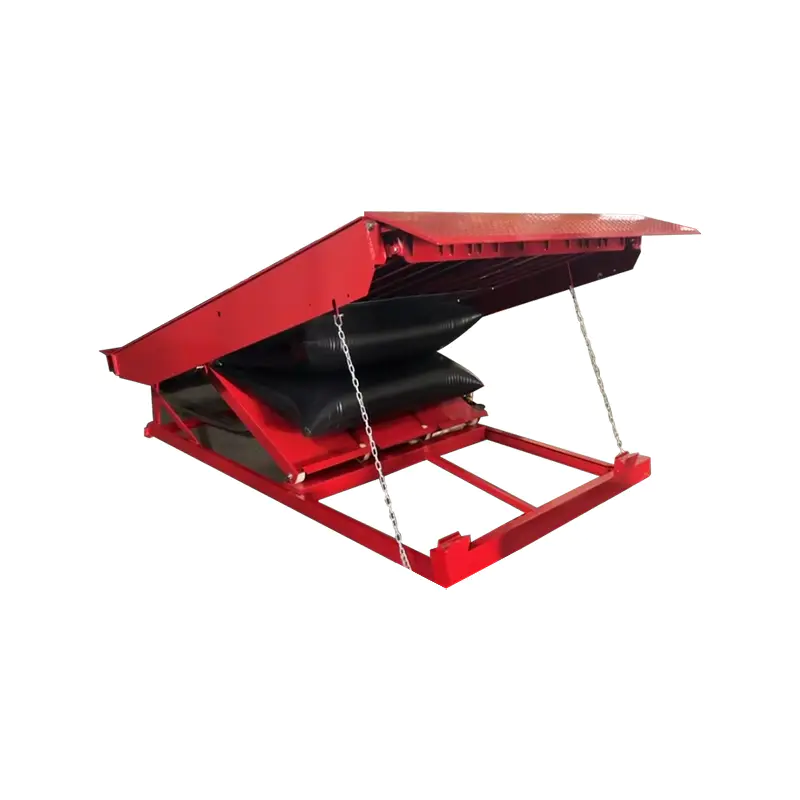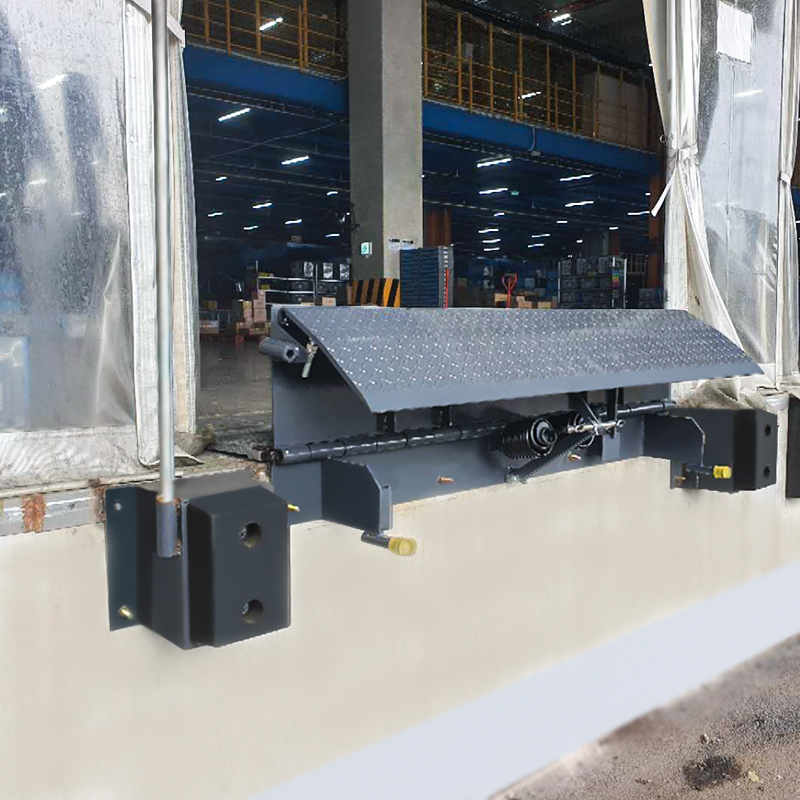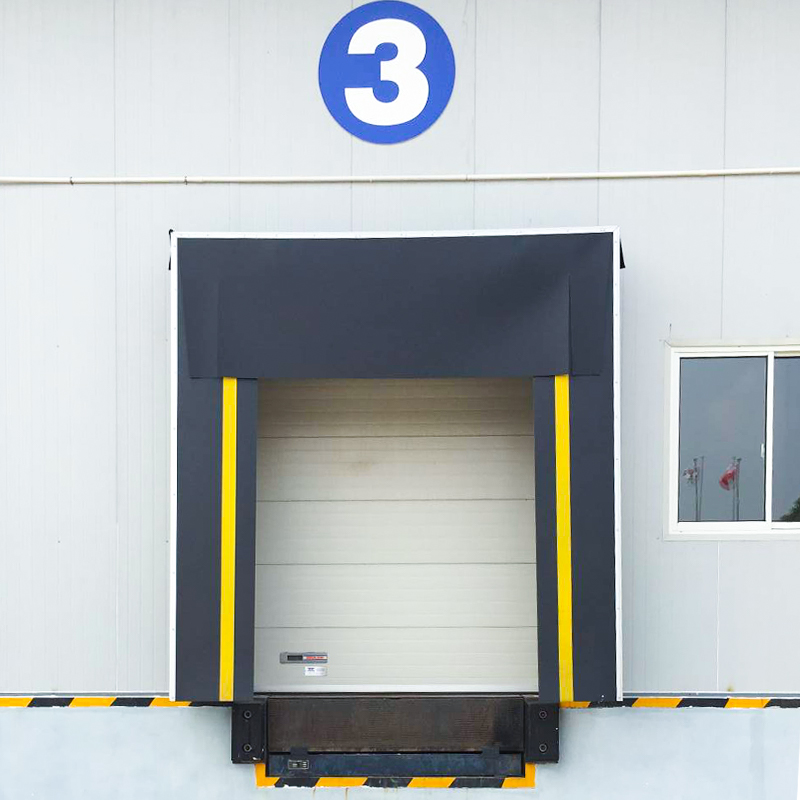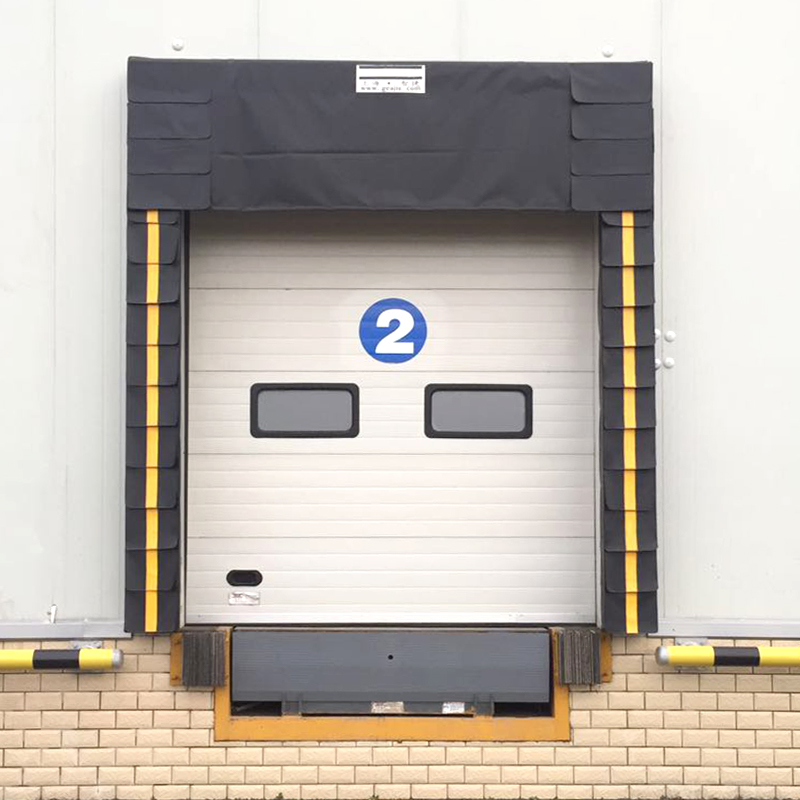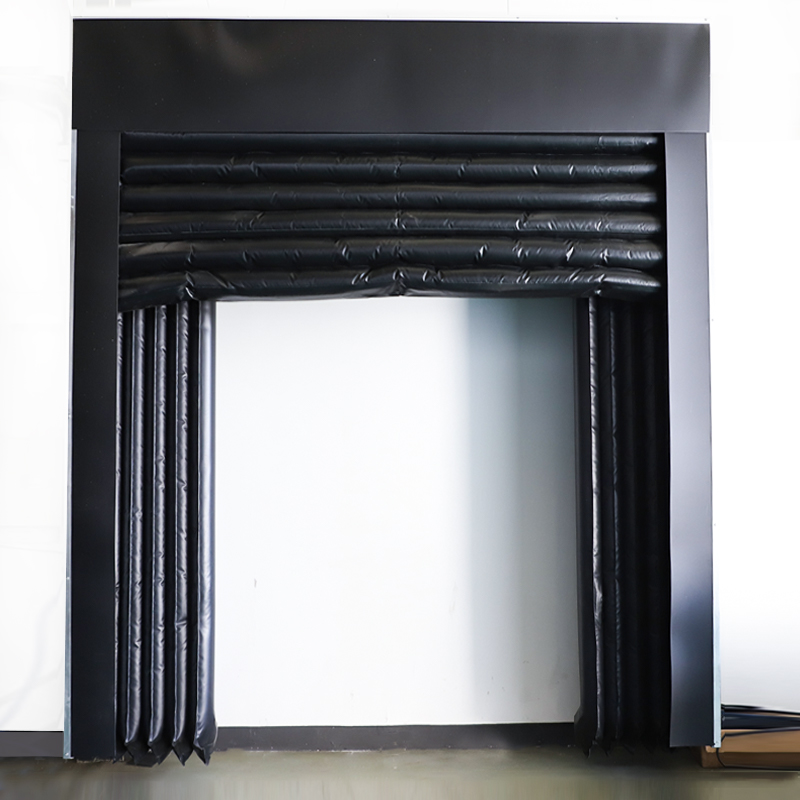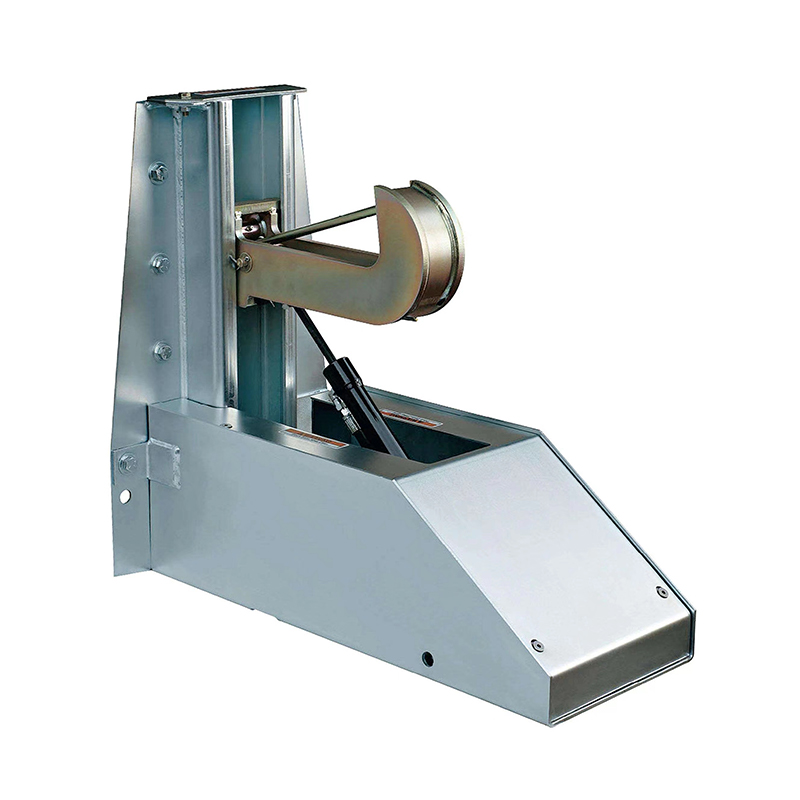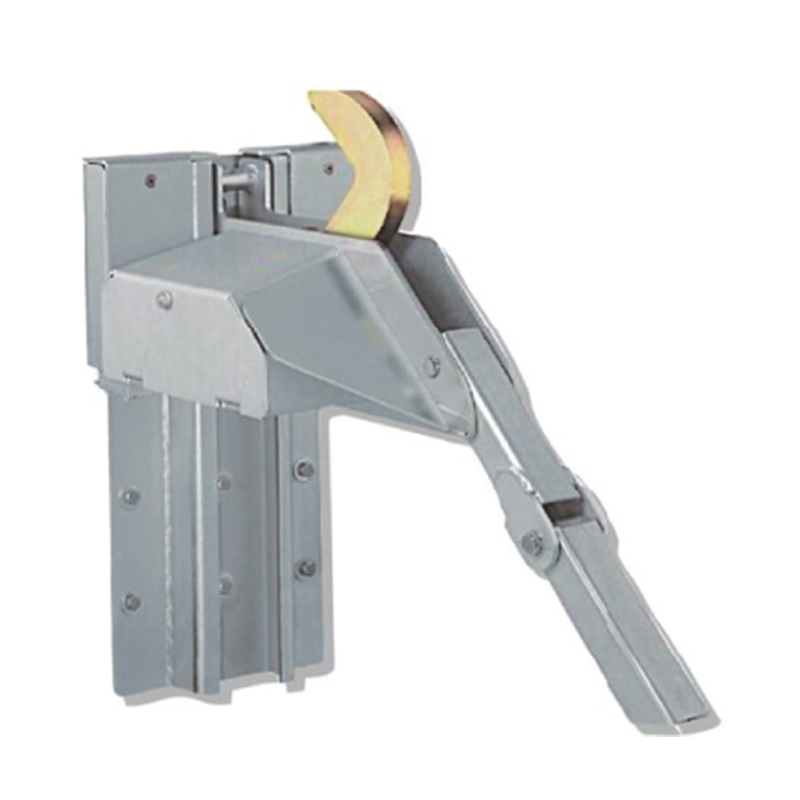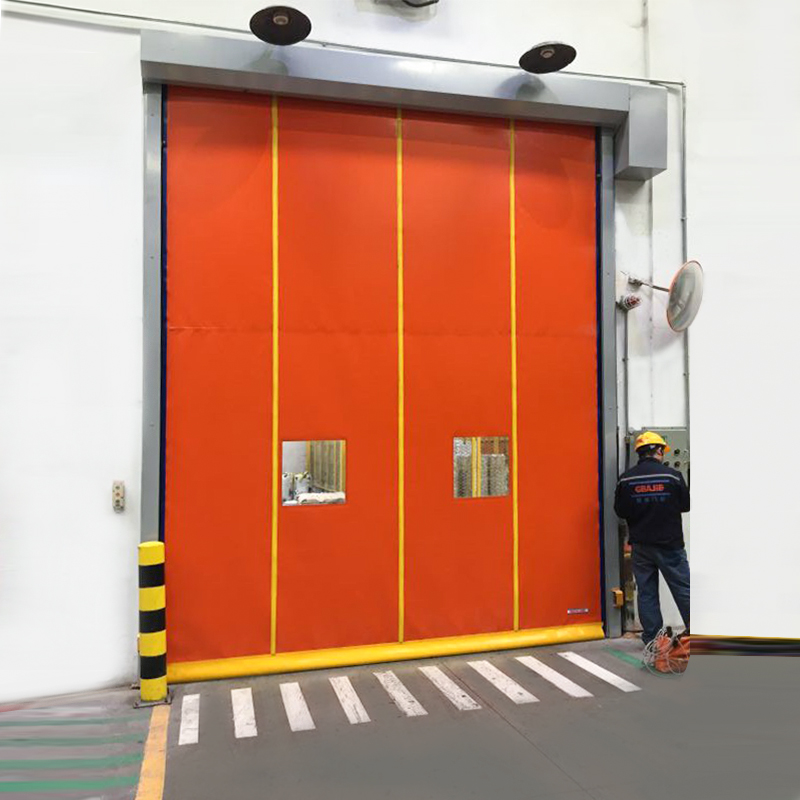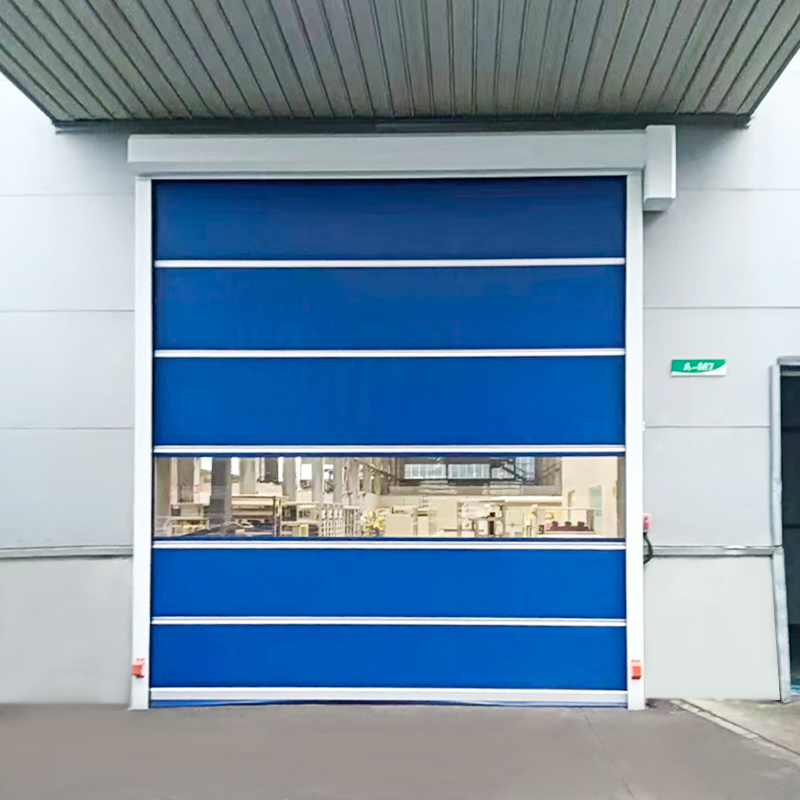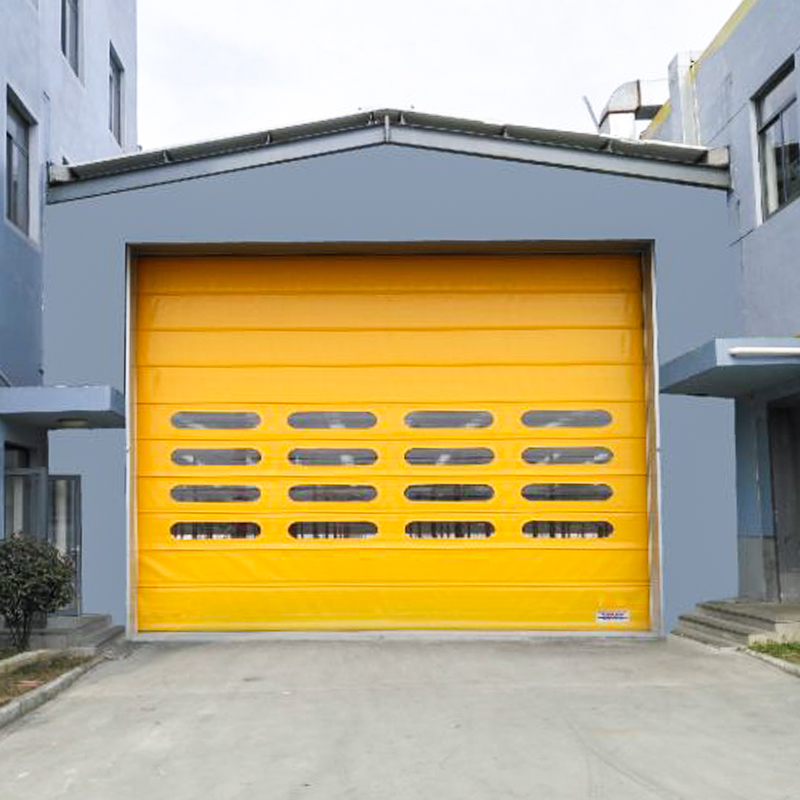Reinforced Structural Design and Load DistributionEOM Industrial Dock Levelers are engineered with...
The Cold Storage Door is specifically designed to provide high thermal resistance to prevent heat transfer, which is particularly important in extremely low-temperature environments such as deep-freeze settings or walk-in freezers. The core insulation material typically used in these doors is polyurethane foam or expanded polystyrene (EPS), which are known for their high insulation efficiency. These materials have very low thermal conductivity, meaning they help prevent the ingress of warm air from the outside and the loss of cold air from inside the storage area. The R-value, a measure of thermal resistance, plays a crucial role in determining how well the door can maintain a stable internal temperature. High R-values are achieved through the use of thick, high-quality insulation, ensuring that even in environments with temperatures as low as -20°C or lower, the internal storage conditions remain stable without requiring excessive energy consumption to maintain the desired temperature.
The critical feature of the Cold Storage Door is its sealing system, which is engineered to prevent air leakage, moisture infiltration, and cold air loss. The gasket materials used in these doors are specifically chosen for their flexibility and thermal stability in extreme cold conditions. Silicone rubber is commonly used for its excellent performance at low temperatures, ensuring that the seal remains intact and flexible even when exposed to sub-zero temperatures. Many cold storage doors feature magnetic gaskets or double seals around the perimeter of the door frame. These seals ensure a tight closure, enhancing the door’s ability to maintain energy efficiency by reducing the risk of air leaks, which could cause temperature imbalances inside the storage space. Over time, the gasket's material integrity can be compromised by freezing temperatures, but high-quality seals are designed to resist cracking or hardening, ensuring long-term performance even with frequent door openings.
The construction of the Cold Storage Door frame is an integral factor in its ability to perform in extremely low temperatures. The frame is usually made from corrosion-resistant materials such as stainless steel, aluminum, or galvanized steel. These materials are chosen for their strength, durability, and resistance to the harsh environmental conditions typically found in cold storage areas. Stainless steel and aluminum frames provide excellent structural support, preventing warping or damage from prolonged exposure to freezing temperatures and moisture. These materials are resistant to corrosion, ensuring that the frame remains intact over time, even when exposed to the constant fluctuation between freezing and thawing temperatures.
Moving parts such as hinges, locks, and latches must be designed to perform effectively in extreme cold to ensure smooth operation of the door. Lubricants and materials used in these components are specially formulated to remain effective in sub-zero conditions. Standard lubricants can freeze and become stiff, leading to operational difficulties, so high-performance lubricants that do not solidify in cold temperatures are used. Stainless steel or brass hinges and other components are chosen for their durability and resistance to rust or corrosion in cold, moist environments. The design of the door incorporates components that are easily adjustable, allowing for maintenance or replacements of parts that may wear out over time due to the challenging conditions.
One of the most significant challenges in cold storage is frost buildup on the door’s surface and seals. As moisture from the air comes into contact with the door's cold surfaces, it freezes, leading to potential issues such as door misalignment or reduced sealing performance. To address this, high-quality Cold Storage Doors are designed with frost-resistant features. Some doors incorporate defrosting systems that periodically warm the surface of the door to prevent frost accumulation. Special low-frost sealing materials are used that resist moisture absorption, preventing ice from forming on the seals.

 English
English Español
Español Tiếng Việt
Tiếng Việt

